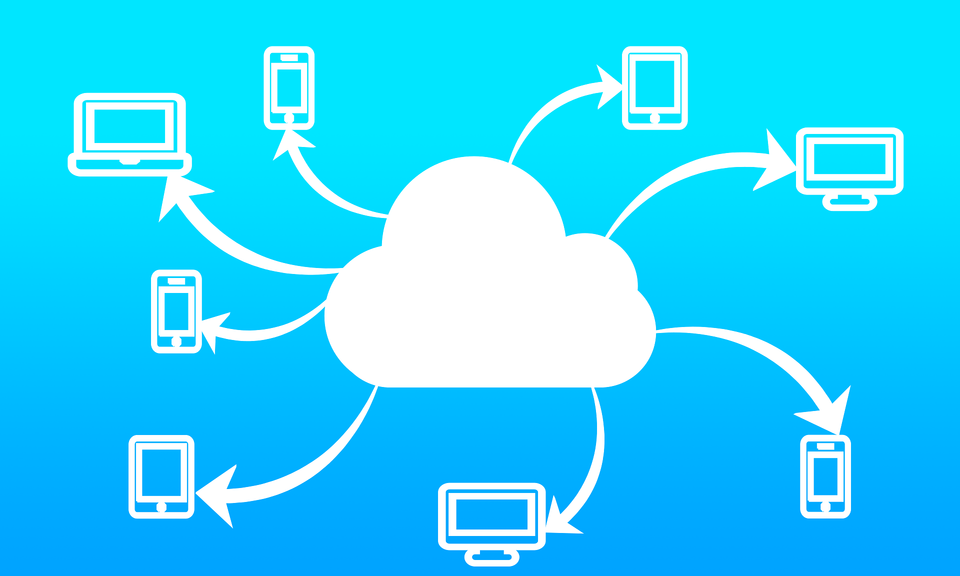Demystifying Cloud Computing: Understanding the Basics and Benefits
Introduction:Cloud computing has revolutionized the way businesses and individuals access, store, and manage data and applications. This blog post aims to demystify cloud computing by explaining its fundamental concepts and highlighting its myriad benefits for organizations of all sizes.1. What is Cloud Computing?
- Definition of cloud computing and its evolution from traditional on-premises infrastructure to cloud-based services.
- Explanation of key cloud computing models, including Infrastructure as a Service (IaaS), Platform as a Service (PaaS), and Software as a Service (SaaS).
2. Core Concepts of Cloud Computing:
- Overview of essential cloud computing concepts, such as virtualization, elasticity, scalability, and on-demand self-service.
- Explanation of how cloud computing enables resource pooling, rapid provisioning, and pay-as-you-go pricing models.
3. Benefits of Cloud Computing:
-
Scalability and Flexibility:
- Discussion on how cloud computing allows businesses to scale resources up or down based on demand, enabling agility and cost savings.
-
Cost-Efficiency:
- Explanation of how cloud computing eliminates the need for upfront infrastructure investment and reduces operational expenses through pay-as-you-go pricing.
-
Accessibility and Collaboration:
- Highlighting the benefits of anytime, anywhere access to cloud-based services, enabling remote work, collaboration, and productivity.
-
Reliability and Redundancy:
- Discussion on how cloud providers offer built-in redundancy and failover mechanisms to ensure high availability and business continuity.
-
Innovation and Time-to-Market:
- Explanation of how cloud computing accelerates innovation by providing access to cutting-edge technologies and reducing time-to-market for new products and services.
4. Types of Cloud Deployments:
-
Public Cloud:
- Overview of public cloud services offered by leading providers like Amazon Web Services (AWS), Microsoft Azure, and Google Cloud Platform (GCP).
-
Private Cloud:
- Explanation of private cloud infrastructure hosted and managed within an organization's own data centers, providing greater control and security.
-
Hybrid Cloud:
- Discussion on hybrid cloud deployments that combine public and private cloud environments to optimize performance, security, and compliance.
5. Common Use Cases for Cloud Computing:
-
Infrastructure Modernization:
- Examples of migrating legacy on-premises infrastructure to the cloud to improve scalability, agility, and cost-efficiency.
-
Application Development and Testing:
- Highlighting how cloud computing accelerates the development lifecycle by providing scalable development and testing environments.
-
Data Analytics and Business Intelligence:
- Explanation of how cloud-based data analytics platforms enable organizations to derive insights from large datasets and drive informed decision-making.
6. Security and Compliance Considerations:
- Addressing common concerns around cloud security, including data privacy, encryption, identity and access management (IAM), and regulatory compliance.
- Discussion on how cloud providers implement robust security measures and compliance certifications to protect customer data and ensure regulatory compliance.
Conclusion:Cloud computing offers unparalleled flexibility, scalability, and innovation opportunities for organizations seeking to modernize their IT infrastructure and drive digital transformation. By understanding the basics and benefits of cloud computing, businesses can harness the power of the cloud to achieve their strategic objectives and stay ahead in today's fast-paced digital economy.


